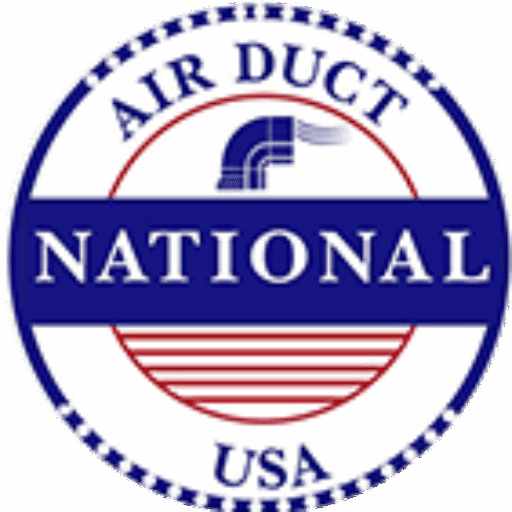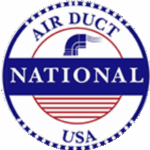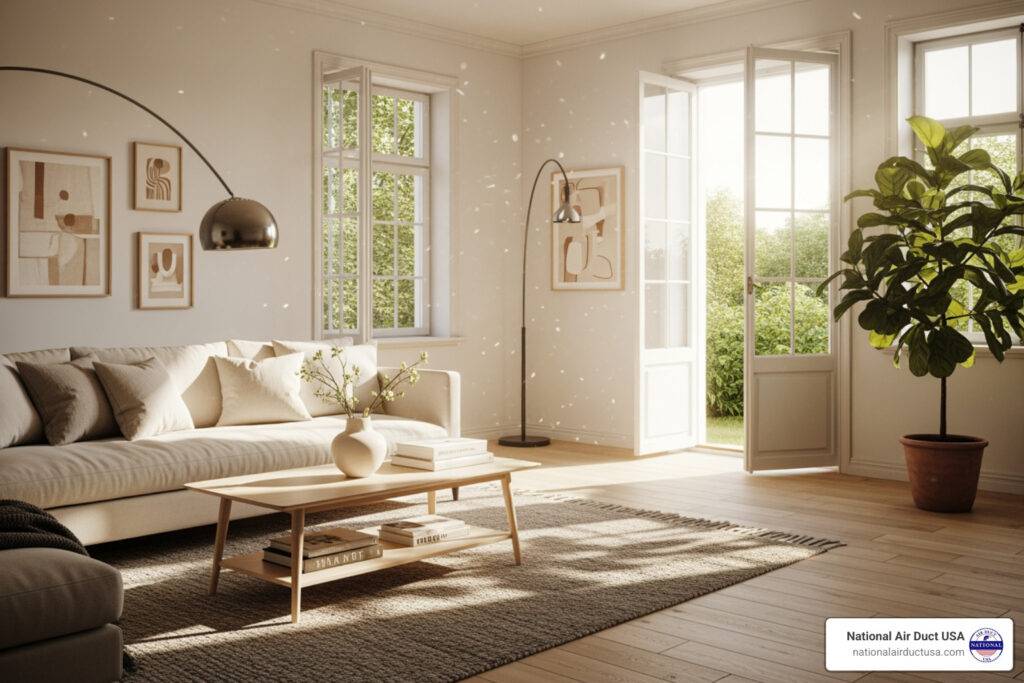Why Fresh Air Matters: Understanding HVAC Odors in Your Home
An hvac deodorizer is a product designed to eliminate or neutralize unpleasant odors circulating through your heating and cooling system, rather than simply masking them. These solutions range from odor-neutralizing gels and blocks to antimicrobial sprays, foggers, and UV light purifiers.
Quick Comparison of HVAC Deodorizer Types:
| Type | How It Works | Best For | Typical Duration |
|---|---|---|---|
| Gels & Blocks | Molecular reaction neutralizes odor compounds | General mustiness, pet odors, smoke | 2-6 months |
| Sprays & Foggers | Oxidation kills odor-causing bacteria and mold | Immediate treatment of strong odors | Single application |
| UV Light Systems | Destroys DNA of microorganisms at the source | Long-term prevention of mold and bacteria | Continuous (years) |
If you’re greeted by a musty or unpleasant smell when your AC kicks on, it’s a warning sign. Your HVAC system is the lungs of your home, circulating air to every room. When mold, bacteria, or pet dander gets into the system, those odors get distributed everywhere.
Fortunately, you don’t have to live with stinky air. The right deodorizer can tackle the problem at its source, whether you’re dealing with “Dirty Sock Syndrome,” lingering smoke, or general mustiness. Some solutions use molecular reactions to break down odor compounds, while others use oxidation to kill the bacteria and mold causing the smell. Professional-grade options like UV lights can even prevent odors from returning.
In this guide, we’ll walk you through the most effective HVAC deodorizers, from simple DIY blocks to professional treatments that eliminate the toughest smells. We’ll help you identify the cause of your odor problem and choose the solution that will actually fix it.
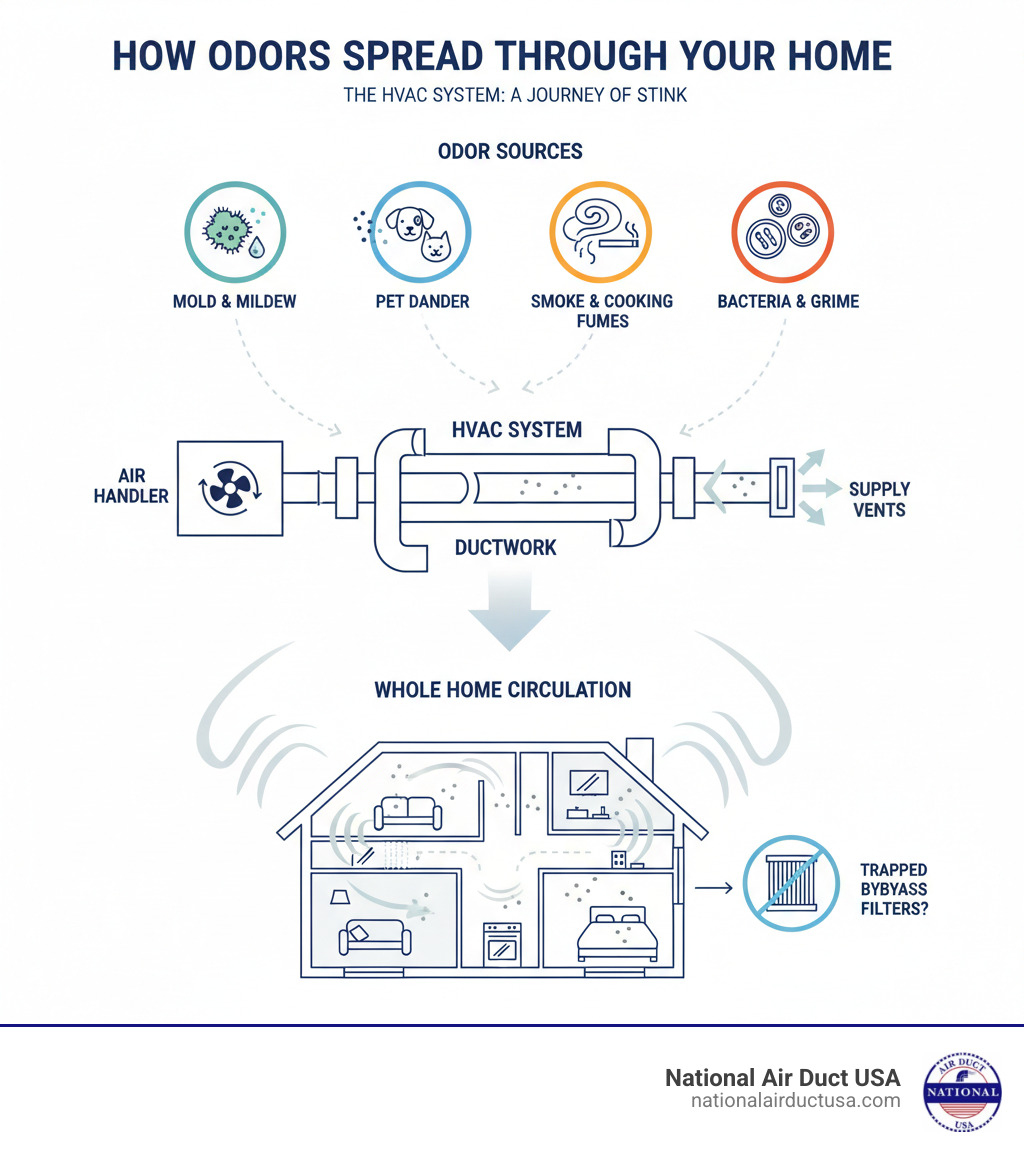
Why Does My HVAC System Smell? Uncovering Common Odor Sources
That smell from your vents is a signal. Before choosing an hvac deodorizer, you need to identify the source of the odor to find the right solution.
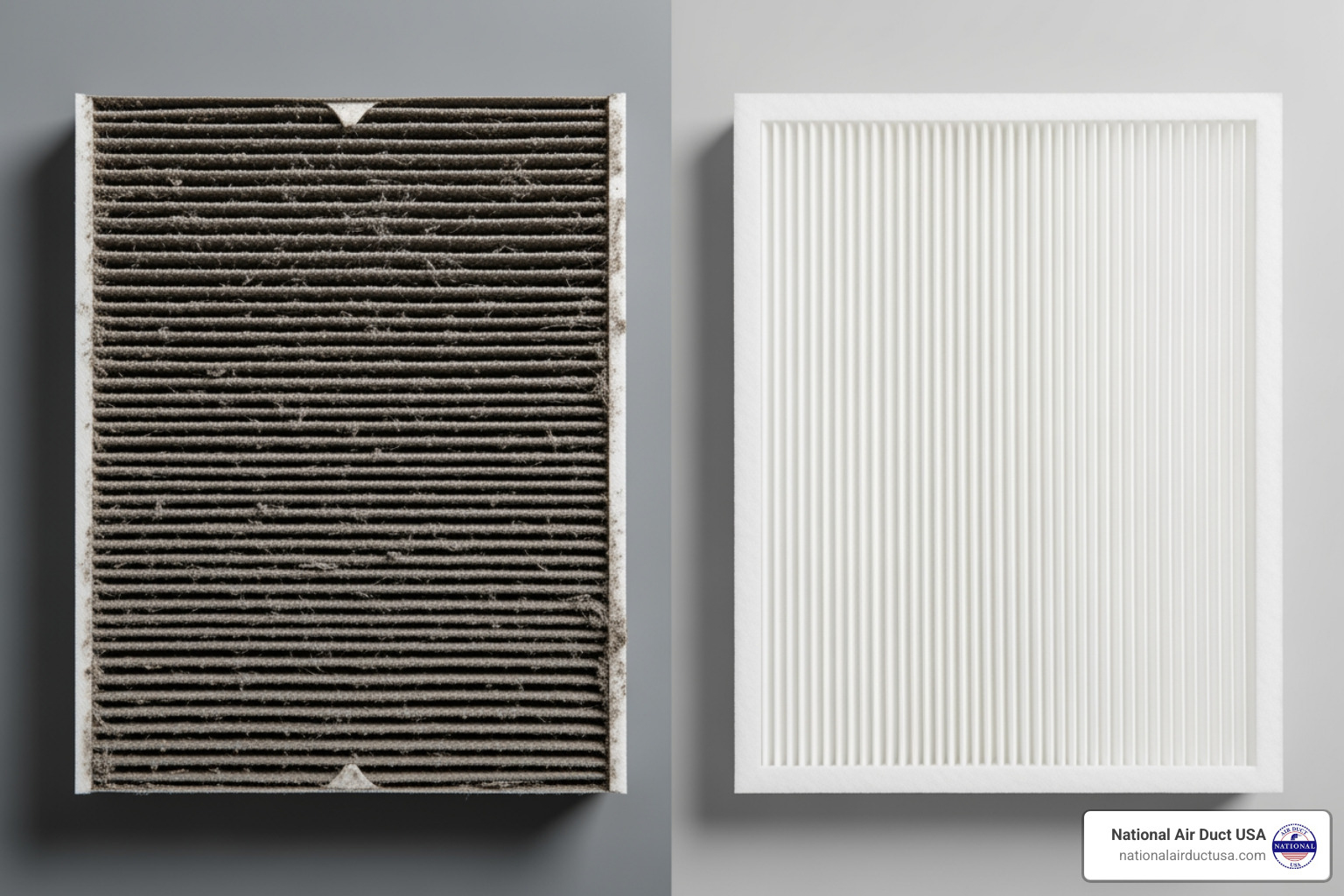
Mold and mildew are top offenders. Your system’s dark, damp evaporator coils and condensate drain pan are perfect breeding grounds. When moisture mixes with dust, mold spores release that earthy, musty smell. This is often the cause of Dirty Sock Syndrome, the technical term for the smell produced by bacteria and fungi growing on an evaporator coil, which is especially noticeable when your AC first kicks on.
Bacteria also thrive in the grime and moisture inside your ductwork, breaking down organic matter and creating unpleasant smells.
Pet dander and odors get pulled into your return vents and circulate through the system, clinging to the interior surfaces of ducts and coils and becoming a constant presence in your air.
Tobacco and fire smoke particles are microscopic and sticky, embedding themselves deep in ductwork and on evaporator coils. These stubborn odors require professional attention and can’t be fixed with a simple air freshener.
Chemical off-gassing from new paint, carpet, or cleaning products releases volatile organic compounds (VOCs) that your HVAC system circulates, turning a “new house smell” stale and irritating over time.
A clogged condensate drain pan allows stagnant water to become a breeding ground for algae, mold, and bacteria, resulting in musty or sulfurous smells.
An overwhelming odor could be from animal decay in ducts. Small rodents or birds can get trapped and die in ductwork, creating a smell that requires immediate professional removal.
Finally, garbage or sewer gas infiltration can occur if plumbing vents are too close to your outdoor unit or if cracks in ductwork pull in outside gases, signaling a more serious issue than a dirty filter.
Understanding these sources is key because a true hvac deodorizer addresses the root cause. Spraying air freshener won’t help if mold is growing on your coils or there’s a dead animal in your ducts. Once you know the problem, you can choose the right approach to eliminate it for good.
A Breath of Fresh Air: Types of HVAC Deodorizer Solutions
Once you know the cause of the smell, you can choose a proven solution. You have several options, from simple DIY products to advanced technology that works 24/7. Here are the main types of hvac deodorizer solutions.
Odor Neutralizing Gels & Blocks
For a simple, set-it-and-forget-it solution, odor neutralizing gels and blocks are ideal. Unlike air fresheners that mask smells, these products use a molecular reaction to chemically break down and eliminate odor compounds. This is the key difference between odor elimination vs. masking.
These blocks are designed for slow-release evaporation, gradually dispersing their formula into your HVAC airflow from a vented container. Installation is simple: place the block in your air handler or return duct, often near the air filter. The lifespan is typically 2 to 6 months. A standard block can treat a 3-ton system for about 2 months, while XL versions can handle up to 2,500 square feet for 6 months.
These blocks are best for a wide range of issues, including general mustiness, pet odors, lingering smoke, and stale air. They are a popular choice for homeowners in Nassau and Suffolk County seeking an effective, low-maintenance solution.
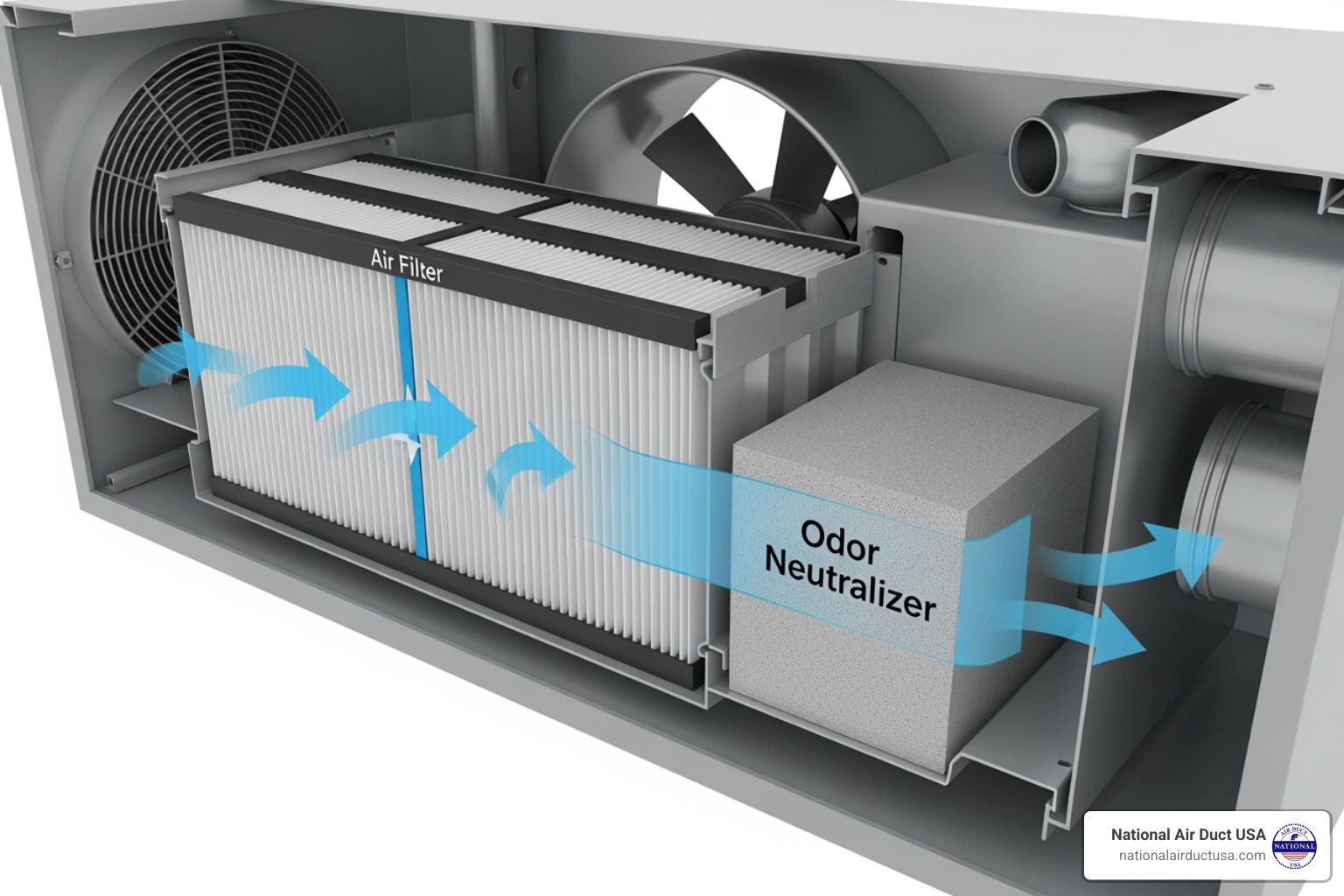
Deodorizing Sprays & Foggers
For immediate action against a strong, concentrated smell, deodorizing sprays and foggers are your best bet. These solutions work through an oxidation process, chemically altering odor molecules to neutralize them on contact. Many are also formulated to kill odor-causing microorganisms like bacteria and mold, with some EPA-registered formulas eliminating 99.9% of them.
Application is a point-of-contact approach. You spray or fog the product directly onto affected surfaces like evaporator coils or the condensate drain pan. For comprehensive treatment, a ULV cold fogger creates a fine mist that penetrates deep into ductwork. Ensure any disinfectant, like Theochem Laboratories’ In-Cide disinfectant cleaner, is safe for HVAC components.
Many modern hvac deodorizer foggers use plant-based ingredients like Thymol, which is EPA-approved to kill viruses, bacteria, and mold. These options often have low toxicity ratings (EPA Category IV), making them a safer choice for use around people and pets.
Sprays and foggers are best for immediate treatment of microbial growth, strong musty smells, and smoke odors. They provide a shock treatment when odors are intense.
In-Duct UV Light Purifiers
For long-term prevention, UV light purifiers offer a chemical-free solution. These systems use Ultraviolet Germicidal Irradiation (UVGI) to keep your air clean 24/7. The UV-C light disrupts and destroys the DNA of mold, bacteria, and viruses, preventing them from reproducing.
This chemical-free sanitization works continuously and silently once installed. Professional installation is essential for proper placement, typically near the evaporator coils (a prime spot for mold growth) or within the main ductwork. This targeted placement offers true long-term odor source prevention by eliminating problems before they start.
UV-C effectiveness depends on direct light exposure, so proper installation and maintenance are key components of a comprehensive air quality strategy, as emphasized by NADCA (National Air Duct Cleaners Association).
At National Air Duct USA, we specialize in UV light installation throughout Long Island and surrounding areas. It’s an investment in your home’s air quality that provides a permanent, hands-off solution to preventing odor issues at the source.
How to Choose the Right Solution: DIY vs. Professional
Choosing the right hvac deodorizer depends on the severity of the odor, your budget, and your comfort with DIY projects. Here’s how to decide between a DIY fix and calling a professional.
Choosing the Right DIY HVAC Deodorizer
A DIY approach can be effective and save money for mild, everyday odor issues. Here’s what to consider:
- Assess the odor type: Is it general mustiness, pet odors, or a chemical smell? Gels and blocks work well for ongoing background odors, while sprays and foggers are better for tackling specific, stronger smells.
- Match the product to your system size: A standard odor block treats systems up to 3 tons, while XL versions cover larger homes (up to 2,500 sq. ft.). Using an undersized product will be ineffective.
- Look for key ingredients: Choose products that are neutralizers, not just cover-ups. Phrases like “molecular reaction” or “kills odor-causing microorganisms” indicate the product is chemically breaking down or eliminating the source of the smell.
- Avoid masking agents: Steer clear of products that rely on heavy perfumes. These only cover up the problem temporarily, and the original odor will return once the scent fades.
- Check for safety: Look for products with low toxicity ratings (EPA Category IV is the safest) and consider plant-based options with ingredients like Thymol. Biodegradable formulas are an environmental plus.
- Compare costs: Consider the cost per month, not just the sticker price. A $50 block that lasts 6 months is a better value than a $15 product that only lasts three weeks.
When to Call a Professional
Sometimes, a DIY approach isn’t enough. It’s time to call the pros if you’re facing any of the following:
- Persistent or severe odors: If smells don’t go away or are overwhelmingly strong, it points to a deeply embedded issue that requires specialized equipment.
- Suspected mold growth: Extensive mold in ducts or on coils requires professional remediation to prevent spores from spreading throughout your home. Our NADCA-certified technicians can safely identify and eliminate mold.
- Post-fire or water damage: Smoke and water damage odors penetrate deep into materials and require industrial-grade treatments, including specialized fogging and detailed cleaning of all HVAC components.
- Odors returning quickly after DIY treatment: This indicates you’re only treating the symptom, not the cause. Our experts can diagnose the real problem and apply a lasting solution.
Professional services offer techniques you can’t replicate at home. Professional-grade fogging with a powerful disinfectant cleaner using a ULV cold fogger can treat your entire duct system.
The most effective solution is a comprehensive air duct cleaning by NADCA-certified technicians. We use powerful vacuums and specialized tools to remove all contaminants from your ductwork, coils, and drain pans. It’s the difference between a surface wipe-down and a true deep clean.
At National Air Duct USA, we serve homeowners in Freeport, Nassau County, and Suffolk County with the expertise to get the job done right.

Maintaining a Fresh System & Frequently Asked Questions
Keeping your air fresh requires the right hvac deodorizer and proper system maintenance. Here’s a breakdown of your options and answers to common questions from homeowners across Long Island.
| HVAC Deodorizer Type | Typical Cost | Lifespan | Installation | Best For |
|---|---|---|---|---|
| Gels & Blocks | $20-$60 | 2-6 months | Simple DIY (place in return duct/air handler) | Ongoing mustiness, pet odors, smoke, general IAQ improvement |
| Sprays & Foggers | $20-$50 (DIY cans) | Immediate, single application | DIY (spray directly) / Professional (fogging equipment) | Targeted treatment of strong, specific odors (e.g., microbial growth, chemical smells) |
| UV Light Purifiers | Professional installation (varies) | Years (bulbs replaced annually/biannually) | Professional (near coils/in ducts) | Long-term prevention of mold, bacteria, viruses; continuous sanitization |
How can I prevent future HVAC odor issues?
A few simple habits can prevent musty air from returning in your Freeport or Garden City home.
- Regular air filter changes: Your filter traps dust, dander, and pollen. A clogged filter restricts airflow and can become a breeding ground for bacteria and mold. Check it monthly and replace it every 1-3 months.
- Annual HVAC inspections: A technician can spot issues like early mold growth or a clogging condensate line before they cause odors.
- Keep condensate drain lines clear: These lines carry moisture away from your AC. Clogs lead to stagnant water, mold, and mildew. You can flush the line with vinegar or have us do it during your annual service.
- Ensure proper ventilation: Use kitchen and bathroom exhaust fans and open windows when possible to prevent stale air from building up.
For more practical advice on maintaining a healthy HVAC system, Read our Blog for more tips.
Are HVAC deodorizers safe for pets and children?
Yes, many modern hvac deodorizer products are formulated with safety in mind. Always read the manufacturer’s instructions. Look for products with low-toxicity ratings (EPA Category IV is the lowest level) and consider plant-based options containing ingredients like Thymol. These are effective against mold and bacteria but gentle enough for use in homes with people and pets.
Proper installation and ventilation are also key. Place products as directed and allow for adequate airflow after using sprays or foggers. To be extra cautious, limit direct exposure during application, especially for young children and pets. Professional service offers peace of mind, as we know how to apply products for maximum safety and effectiveness.
What’s the difference between an odor neutralizer and an air freshener?
This distinction is crucial for achieving truly clean air.
-
Odor neutralizers eliminate smells at the source. They use chemical processes like molecular reaction or oxidation to break down or destroy the odor-causing compounds. The smelly molecules are gone, not just hidden.
-
Air fresheners only mask smells. They release perfumes that temporarily cover up odors. The original smell returns once the fragrance fades. It’s like using cologne instead of taking a shower.
For better indoor air quality, a true odor neutralizer is always the smarter choice over a simple air freshener, especially for those with allergies or sensitivities.
If you have more questions about HVAC maintenance or air quality, we’ve got answers. Find more answers in our FAQ.
A Permanent Solution to Cleaner, Fresher Air
You now know the common culprits behind HVAC odors and the range of hvac deodorizer solutions available, from DIY gels to professional UV light systems. The most important takeaway is that the most effective approach always addresses the root cause, not just the symptom. An air freshener is a temporary fix; true, lasting freshness comes from eliminating the source.
DIY solutions are great for managing minor issues and maintaining a fresh system. An odor block can handle general mustiness, and a quick spray can treat a specific problem area. For many homeowners across Long Island, these products are a sufficient solution.
However, when you’re dealing with persistent odors, severe smells, suspected mold growth, or the aftermath of fire or water damage, it’s time to bring in the professionals. These situations require experienced technicians to identify the source, specialized equipment to reach deep into your ductwork, and professional-grade treatments to eliminate the problem completely.
At National Air Duct USA, this is what we do. Our NADCA-certified technicians serve homes throughout Long Island, Westbury, Hempstead, Garden City, Hicksville, Freeport, Nassau County, and Suffolk County. We don’t just mask odors; we conduct thorough inspections and use comprehensive air duct cleaning combined with professional treatments to eliminate the source for good.
Your home should be a sanctuary where you can breathe easy. When your HVAC system circulates unpleasant odors, it impacts your comfort and health. We are committed to restoring your indoor air quality to what it should be.
Our transparent pricing, reliable service, and 100% satisfaction guarantee mean you can trust us to get the job done right. Whether you need a comprehensive cleaning, UV light installation, or an expert diagnosis of a stubborn odor, we have you covered.
Don’t let stinky air diminish the comfort of your home. Your family deserves to breathe clean, fresh air every day. Contact us today for a comprehensive air duct cleaning service and experience the difference that professional care can make.
